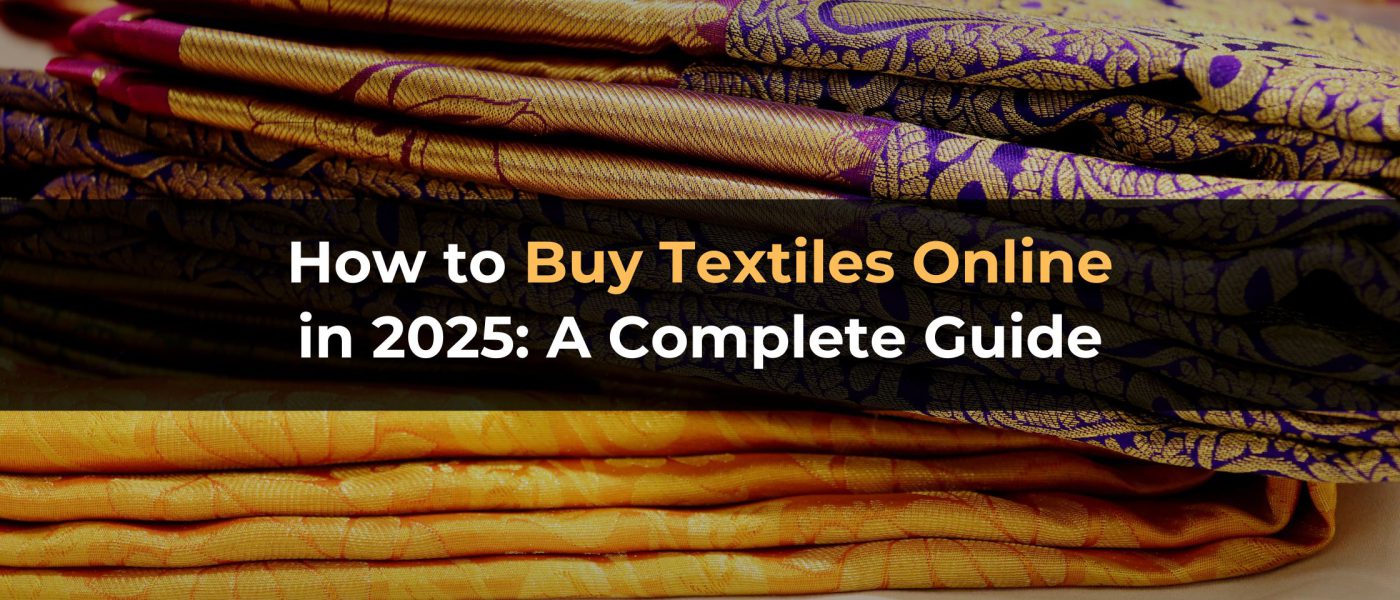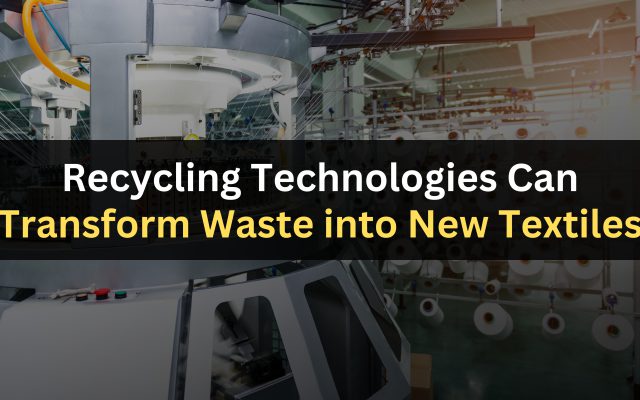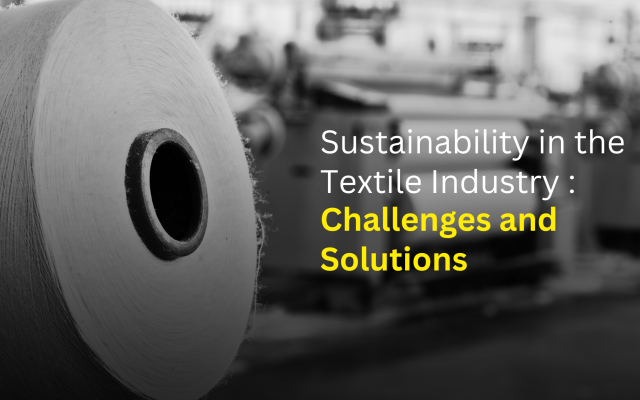Introduction
The textile industry has evolved significantly, and 2025 is shaping up to be another pivotal year. The convenience of online platforms has made sourcing textiles easier than ever, especially for businesses looking to connect with reliable non woven material suppliers or purchase fabrics in bulk. As more buyers turn to digital platforms to buy textiles online, the process has become more efficient, transparent, and accessible.
This guide provides a step-by-step approach to buying textiles online in 2025, highlighting essential tips and trends for successful sourcing.
Why Buy Textiles Online?
Online textile shopping offers several advantages over traditional sourcing methods:
1. Convenience
You can browse, compare, and order textiles from the comfort of your home or office, saving time and effort.
2. Diverse Options
Online platforms feature an extensive range of fabrics, including cotton, silk, technical textiles, and non-woven materials.
3. Verified Suppliers
Reputable platforms ensure that buyers connect with verified suppliers, minimizing the risk of low-quality products.
4. Transparent Pricing
Online marketplaces provide clear pricing structures, making it easy to compare and find cost-effective solutions.
5. Global Access
Platforms allow buyers to connect with suppliers worldwide, opening doors to new markets and opportunities.
Understanding Non-Woven Materials
Non-woven materials are engineered fabrics made through chemical, mechanical, or thermal processes rather than traditional weaving or knitting. These materials are lightweight, durable, and versatile, making them an essential choice for various industries.
Applications of Non-Woven Materials
- Healthcare: Used in masks, gowns, and surgical drapes.
- Packaging: Eco-friendly bags and wraps.
- Industrial: Filters, insulation, and protective covers.
- Agriculture: Crop covers and weed control fabrics.
Why Non-Woven Materials Are Popular
- Cost-effective production.
- Customizable for different applications.
- Eco-friendly options available.
Step-by-Step Guide to Buying Textiles Online in 2025
1. Define Your Requirements
Before starting your search, be clear about what you need:
- Fabric type: Cotton, silk, non-woven, etc.
- Quantity: Bulk or small-scale orders.
- Purpose: Apparel, packaging, industrial use, etc.
2. Research Trusted Platforms
Choose reliable online marketplaces that specialize in textiles. Reputable platforms like TEXchange Global and IndiaMART are excellent starting points.
3. Verify Supplier Credentials
Ensure the suppliers are verified and have positive reviews:
- Check certifications like ISO or GOTS (Global Organic Textile Standard).
- Read customer feedback and ratings.
4. Request Samples
Always request fabric samples to evaluate quality, texture, and durability before committing to a bulk order.
5. Compare Options
Use filters to narrow down your choices by fabric type, price range, and supplier ratings. Comparing options helps you find the best deal.
6. Understand Payment and Shipping Policies
Review the platform’s payment terms, shipping costs, and delivery timelines to avoid surprises.
7. Communicate with Suppliers
Discuss customization needs, bulk discounts, or specific requirements directly with suppliers.
8. Place Your Order
Once satisfied, place your order and track it using the platform’s logistics tools.
Tips for Working with Non-Woven Material Suppliers
1. Assess Customization Options
Non-woven materials are often used for specific purposes, so ensure the supplier can customize size, texture, and color to meet your needs.
2. Confirm Eco-Friendly Practices
If sustainability is a priority, choose suppliers offering biodegradable or recycled non-woven materials.
3. Negotiate Bulk Discounts
For large orders, discuss discounts and flexible payment terms with suppliers.
4. Verify Quality Standards
Check for certifications like ISO to ensure the materials meet industry standards.
5. Monitor Supply Chain Transparency
Use platforms that allow you to trace the source of materials and ensure ethical practices.
Challenges in Buying Textiles Online
1. Limited Physical Inspection
Not being able to touch or feel the fabric can be a concern.
- Solution: Request samples or rely on detailed product descriptions and images.
2. Logistics Delays
Shipping delays can disrupt production schedules.
- Solution: Opt for suppliers with reliable logistics partners and clear tracking systems.
3. High Competition Among Suppliers
Finding the right supplier among many can be overwhelming.
- Solution: Use verified platforms with supplier reviews to streamline your search.
Future Trends in Online Textile Shopping
- Blockchain for Transparency: Buyers will be able to trace fabric origins for authenticity.
- AI Recommendations: Artificial intelligence will provide personalized fabric suggestions based on preferences.
- Virtual Reality Showrooms: Virtual inspections of fabrics will become a norm.
- Sustainability Focus: Eco-friendly textiles, including non-woven materials, will dominate the market.
- Global Collaboration: Online platforms will strengthen global partnerships for seamless sourcing.
Conclusion
In 2025, the ability to buy textiles online has become essential for businesses seeking efficiency and quality. Platforms offering access to non woven material suppliers and other textile providers ensure a seamless, transparent, and reliable sourcing experience.
By leveraging trusted online platforms, buyers can connect with verified suppliers, explore diverse options, and align their sourcing strategies with sustainability goals. The future of textile shopping is here, and it’s digital. Start exploring today for a smarter, more sustainable sourcing journey.




